Escorted Travel – Humpback Whales
Tonga
Snorkeling and Wildlife Photography Niue, South Pacific
“…There they were. Mother humpback whale and calf suspended just below the surface in front of us, the mother “standing” almost vertical in the water while her new-born calf rested above her head. Every so often she would push the calf to the surface to breathe. They towered above us, in water of 80-100ft visibility, the mother humpback engaged in her nursing, the calf responding to her every gentle gesture and nudge. And both them were eyeing us as intently as we were them.”
“There are few places in the world where this kind of mind and soul numbing encounter is possible. One such place lies in the warm, 78 – 80 degree nurturing waters off the remote Island of Niue with visibility well over 100 feet, in this secluded part of the South Pacific Ocean.
We plan to visit Niue during the prime time of year, between August and October, when the magnificent humpback whales arrive to Niue from Antarctica for breeding, birthing, and nursing their young. At this time, it is possible to observe the entire range of humpback whale behavior, from mother and calf interaction, to the sometimes-violent competing behavior of the mature humpback bulls, to breaching and tail slapping. It is impressive to see the juvenile whales practice breaching as they learn form the adult bulls. Even more impressive is the adult bull, usually about forty feet long and forty tons, as it throws itself almost completely out of the water only to crash back down in a spectacular display of foam and spume to impress its female or scare away its competitors.
At such moments, when time seems to stand still and the modern world is very far away indeed, even the most experienced photographer can forget to point and shoot.
The Niue South Pacific Humpback Whales Expedition is limited to 4 guests only in order to better maximize the experience for every participating diver. Taking our cues from the great cetaceans themselves and from Big Animals Photography Expeditions’ accumulated knowledge of Humpback Whale behavior, two guests at a time will slip quietly into the water to dive and photograph the whales. As long as the humpback whales are comfortable with our presence (free diving and snorkeling), encounters are continued.
There are several reasons why we will not be scuba diving. Noisy bubbles from scuba will frighten most whales. Scuba tanks are also heavy and often long runs are required for the boat to close in on the steadily advancing cetaceans. When a humpback whale proves cooperative, it is important for the observers to enter the water quickly yet with stealth and agility. Finally, because snorkeling and free diving is employed, these expeditions provide a rare opportunity for all of us, even those who are just swimmers, to join and participate equally. There is no need to be scuba certified or to know how to free dive. With a mask and snorkel, you’ll be able to see it all unfold below you.
Our goal is close encounters and sometimes we dive or swim as close as twenty feet. With underwater visibility exceeding 100 feet, the clear image will be a feast to you heart and eyes.
All this takes place against the background of the Island of Niue, known as “The Rock of Polynesia.” Its rugged coastline gives it a character unlike any other South Pacific island. These massive marine mammals often pass within feet of the shore putting on an impressive show from the island’s many vantage points. For keen snorkelers, it’s possible to swim to within 15 – 20 feet of the mothers and calves as they rest in the shallows. (Niue is one of the few places in the world where there are no restrictions on interactions with whales – except the restrictions we place on ourselves for responsible interaction behavior.) Pods of spinner dolphins also inhabit the waters around Niue offering the opportunity to swim with these completely wild creatures.
We will be staying at the Matavai Resort. The Matavai has been chiseled out of the coral limestone rock, thrust out of the Pacific Ocean in prehistoric times.
Niue is one of the world’s largest coral islands, with its highest point reaching only 225 feet out of the South Pacific. An island nation of about 1,800 inhabitants, Niue is located east of the Cook Islands and is about 235 miles east of Tonga and 75 miles east of the International Date Line. However, what we see of the island is only the tip of the iceberg as below sea level there is a spectacular, pristine coral formation. All of which is a backdrop for the visiting humpback whales.
Depending on conditions, time, and guests’ desires, visits can be made to deserted coves and isolated caves or to scuba dive Niue’s pristine underwater cavern systems and coral reefs. Despite our excellent history in these waters, if Mother Nature should prove coy, there are ample opportunities for scuba diving, snorkeling, sightseeing, and photography to please the most discriminating traveler”.
– Amos Nachoum
Photograph by Amos Nachoum


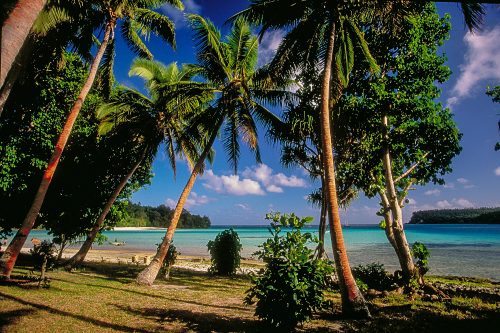
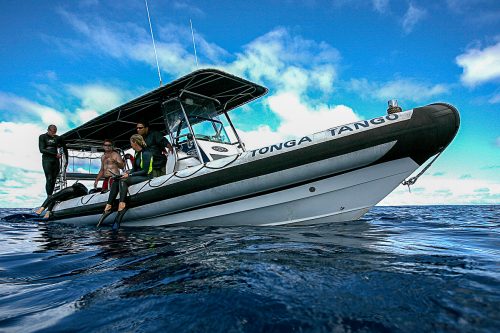
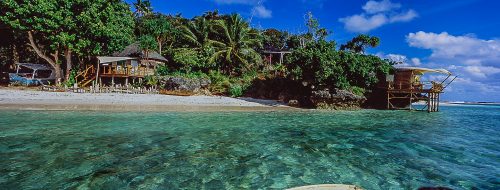
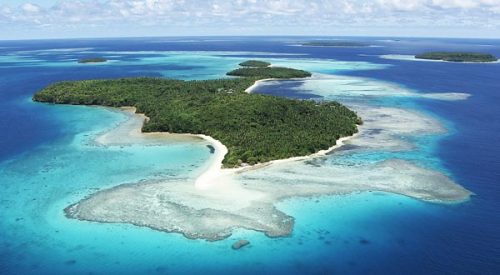
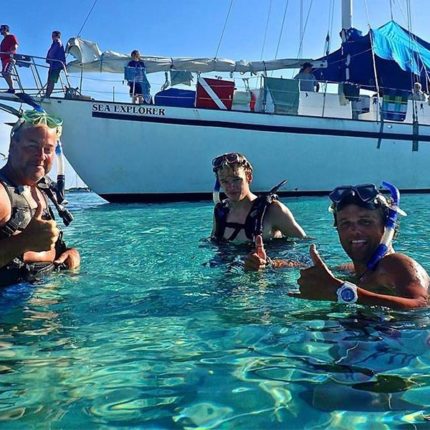
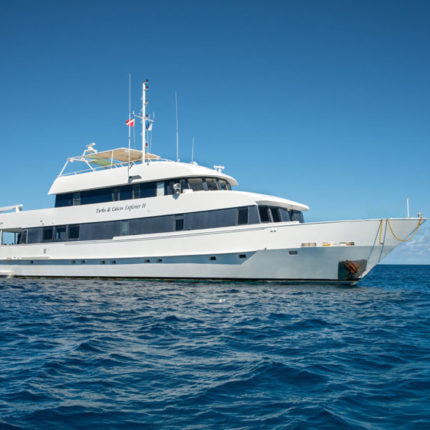
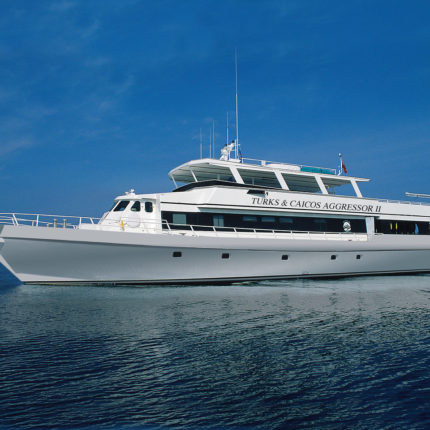
Reviews
There are no reviews yet.